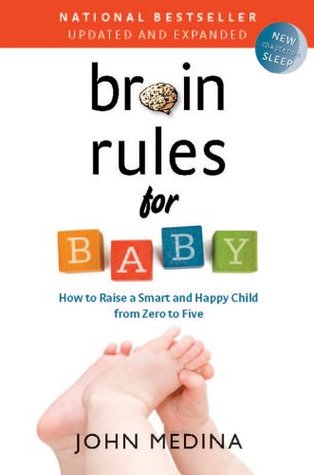More on this book
Community
Kindle Notes & Highlights
This cerebral arachnid is part of a set of structures called the limbic system, which means “border” system. The scorpion’s claws, one for each hemisphere, are called amygdala, which for good reason means “almond” (that’s what they look like).
Even outside of this extreme, empathy is uneven. You probably know people who are naturally highly empathetic and others with the emotional understanding of dirt.
After years of researching optimism, Seligman concluded that everyone comes into this world with a happiness “set point,”
Some children’s set points are programmed to high; they are naturally happy regardless of the circumstances life throws at them. Some children’s set points are programmed to low. They are by nature depressive, regardless of the circumstances life throws at them. Everybody else is in the middle.
Seligman is quick to caution us that what happiness you consistently experience also has nurture components.
All show associations, not causations.
owns a line of successful restaurants,
for health-conscious consumers,
Baumrind described two dimensions in parenting, each on a continuum:
Authoritative: Just right Responsive plus demanding. The best of the lot. These parents are demanding, but they care a great deal about their kids. They explain their rules and encourage their children to state their reactions to them. They encourage high levels of independence, yet see that children comply with family values. These parents tend to have terrific communication skills with their children.
How did the parents come to fall into one of those four parenting styles?
This big-hearted father is good at (a) labeling his feelings and (b) teaching his daughter to label hers. He knows what sadness in his own heart feels like and announces it easily. He knows what sadness in his child’s heart looks like, and he is teaching her to announce it, too. He is also good at teaching joy, anger, disgust, concern, fear—the entire spectrum of his little girl’s experience. Research shows that this labeling habit is a dominant behavior for all parents who raise happy children.
Verbalizing has a soothing effect on the nervous systems of children. (Adults, too.) Thus, the Brain Rule: Labeling emotions calms big feelings.
response might be: “Kyle, I’m sorry your fish is dead, but it’s really no big deal. He’s just a fish. Death is part of life, and you need to learn that. You wipe those tears away, son, and go outside and play.” Another might be: “That’s OK, honey. You know, the fish was already old when you were born. We’ll go to the store tomorrow and get you another one. Now put on that happy face, and go outside and play.” Both responses completely ignore how Kyle is feeling at the moment. One seems to actively disapprove of Kyle’s grief; the other is trying to anesthetize it. Neither deals with his intense
...more
As C. S. Lewis observed in The Silver Chair, one book in the Chronicles of Narnia series: “Crying is all right in its own way while it lasts. But you have to stop sooner or later, and then you still have to decide what to do.”
Harvard researchers developed the Moral Sense Test, which hundreds of thousands of people from more than 120 countries have taken. You can take it, too, at http://moral.wjh.harvard.edu. The data they’ve compiled appear to confirm a universal moral sense.
the second situation involves a different moral choice: deciding whether to murder someone. The vast majority of people choose not to murder the man. But not if they are brain-damaged. There’s a region above the eyes and behind the forehead called the ventromedial prefrontal cortex. If this area of the brain suffers damage, moral judgment is affected. For these people, the fact of murder is not particularly relevant to their choice.
Suppose you want your increasingly sedentary 3-year-old, who happily still craves your attention, to get some exercise outside and play on the swings in the backyard more often. Problem is, he rarely even goes outside. What are you going to do? Instead of waiting for your 3-year-old to get on the swings, you can reinforce his behavior every time he gets near the door. After a while, he will spend more time at the door. Then you reinforce his behavior only when he opens the door.
Why were Mom’s strategies failing? Because her punishments were actually providing the little girl what she desired most: Mom’s undivided attention. As difficult as this might seem, Mom’s best shot at breaking this cycle was to ignore her daughter when she misbehaved (after first locking away some of the books),
Sleep varies by nation, too. Six-month-olds in Switzerland get about 14 hours a day. Six-month-olds in Japan get about 11. Infants in the United States get about 13.
It is very hard to wake someone in this stage. We call this slow-wave sleep, or non-rapid eye movement sleep stage 4 (NREM4).
task is Herculean.
a slow ride over a bumpy road.
Co-sleeping is the best way to get sleep, except that it can kill your baby, so never, ever do it.
The book with the most detailed protocol is Ferber’s book Solve Your Child’s Sleep Problems. Buy it, read it, and get started on your journey.


